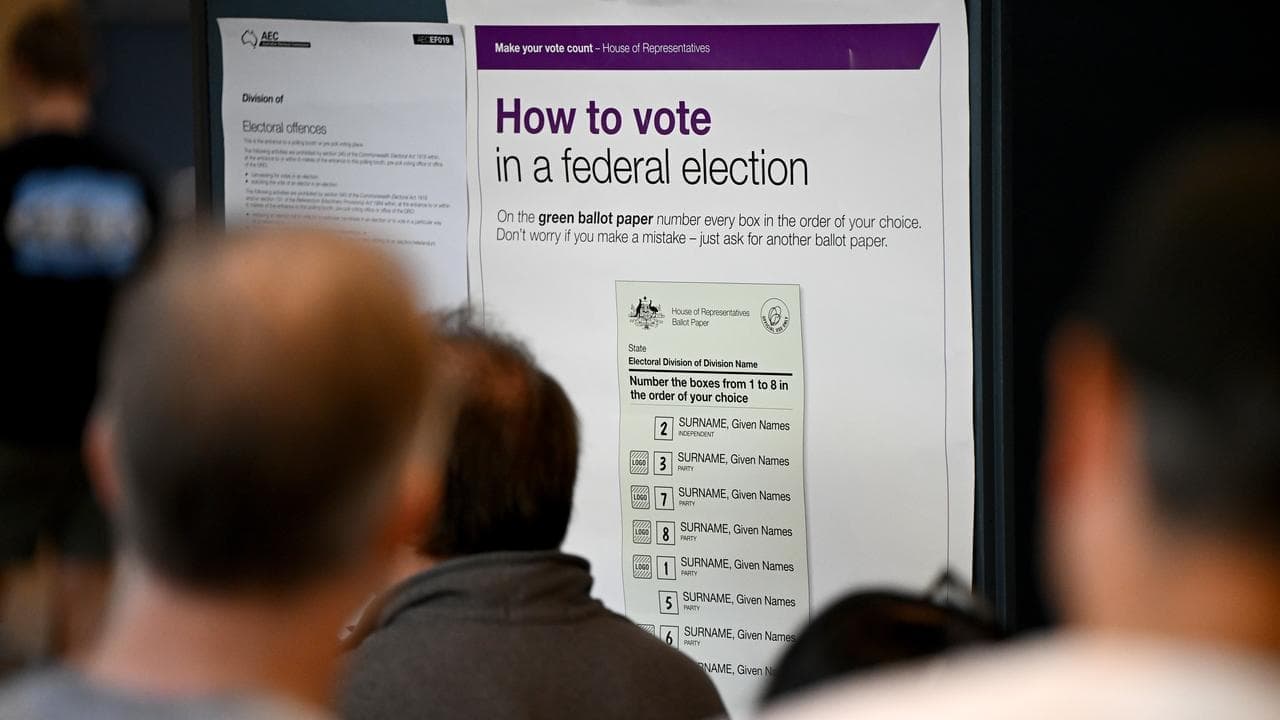AAP FactCheck Investigation:
Was Labor’s primary vote at this year’s election the lowest in a century?
The Statement
“Labor’s primary vote at the election last month was their lowest in a hundred years.”
Prime Minister Scott Morrison. June 24, 2019
The Verdict
Misleading - The claim is mostly true but somewhat misleading
The Analysis
Prime Minister Scott Morrison has urged Labor to learn from its historic 2019 federal election defeat and pass the coalition government's $158 billion tax cut package. [1]
AAP FactCheck examined Mr Morrison’s claim that Labor recorded its lowest primary vote in a hundred years at the May election.
During the election campaign, Labor said it was seeking a mandate to deliver its proposed tax package, which included reforms to franking credits and negative gearing. [2]
The coalition claims that since the majority of voters “rejected” Labor at the ballot box, the ALP must accept the Morrison government has a mandate for its tax package and vote to pass it. [3]
According to the Australian Electoral Commission Tally Room, the Australian Labor Party received more than 4.75 million first preference votes on May 18, 2019 or 33.3 per cent of the vote. [4]
Historic federal election results published by the Australian Parliamentary Library show Labor had a lower first preference vote in 1931 with 27.1 per cent and in 1934 with 26.8 per cent. [5]
Labor's 2019 share of the primary vote was its lowest in 85 years.
The 1931 and 1934 federal elections occurred during the “Second Split” period of Labor’s history. Factional conflict at state level in NSW, triggered by the Great Depression, spread to the federal party which split into three in 1931.
One splinter group merged with the Nationalist Party to become the United Australia Party. The other group formed a new party led by and named after former NSW premier Jack Lang, called The Lang Labor Party. [5] [6] [7]
Both the Lang Labor Party and United Australia Party ran against Labor in 1931 and again in 1934, the two years in which Labor recorded its worst results.
Based on this research, AAP FactCheck finds Mr Morrison’s claim that Labor’s 2019 primary vote was the lowest in 100 years to be mostly true but misleading.
The Verdict
Misleading - The claim is mostly true but somewhat misleading
The References
1: ‘Morrison tells Labor to heed lowest vote 'in a hundred years'’, by Andrew Tillet. Australian Financial Review. June 24, 2019: https://www.afr.com/news/politics/national/morrison-tells-labor-to-heed-lowest-vote-in-a-hundred-years-20190623-p520ii
2: ‘Chalmers admits Labor ‘language’ problem’, by Richard Ferguson. The Australian. June 24, 2019: https://www.theaustralian.com.au/nation/chalmers-admits-labor-language-problem/news-story/1ad16eaa4fc63507dc3f7dbf45e8ad48
3: ‘Coalition claims mandate for $158b tax cut plan’. by Phillip Coorey. Australian Financial Review. June 15, 2019: https://www.afr.com/news/politics/national/coalition-claims-mandate-for-158b-tax-cut-plan-20190614-p51xtc
4: ‘Tally Room - First preferences by party’. Australian Electoral Commission: https://tallyroom.aec.gov.au/HouseStateFirstPrefsByParty-24310-NAT.htm
5: ‘Federal election results 1901–2016’, by Stephen Barber. Parliament of Australia. March 31, 2017: https://www.aph.gov.au/About_Parliament/Parliamentary_Departments/Parliamentary_Library/pubs/rp/rp1617/FederalElectionResults#_Toc390336859
6: ‘United Australia Party’. Encyclopaedia Britannica: https://www.britannica.com/topic/United-Australia-Party
7: ‘Our History’. NSW Labor: https://www.nswlabor.org.au/our_history
* AAP FactCheck is accredited by the Poynter Institute's International Fact-Checking Network, which promotes best practice through a stringent and transparent Code of Principles. https://factcheck.aap.com.au/












